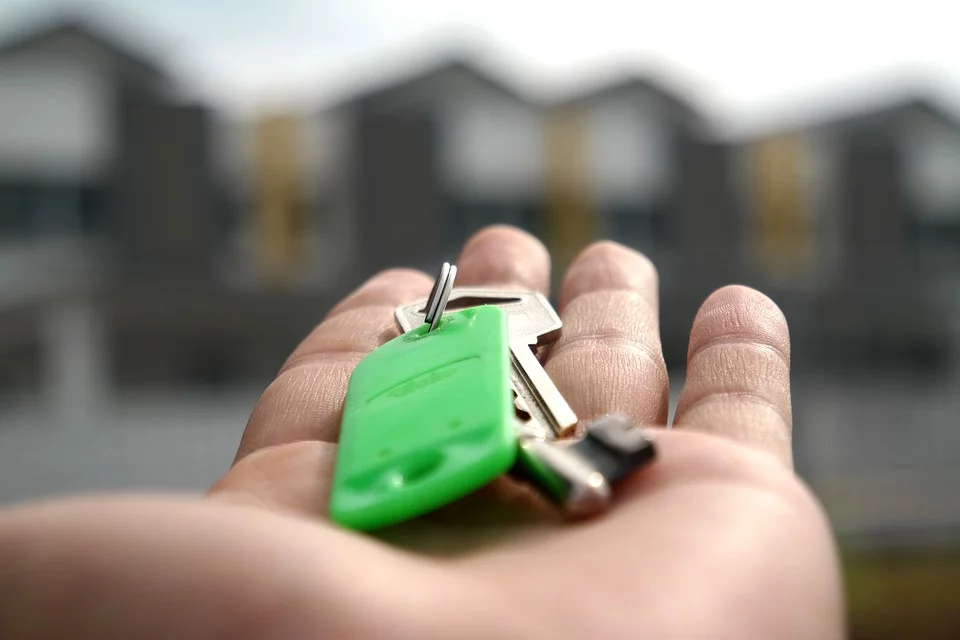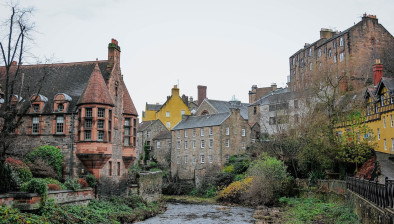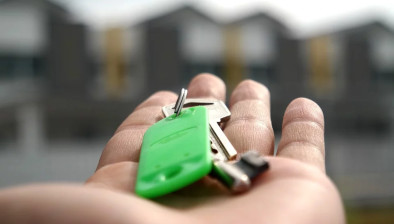Walker Fraser Steele: Scottish house prices rise by 9.1%

House prices in Scotland have risen by 9.1% on an annual basis, according to the latest Walker Fraser Steele House Price Index.
The average price paid for a house in Scotland in July 2022 is £224,035, establishing yet another record price for the country – the thirteenth occasion that this has happened in the last thirteen months. This price is some £18,600 higher than that seen in July 2021.
The 9.1% annual rate has slowed from the 10.6% growth seen in June, but that month was assisted by a near £3,000 fall in prices which occurred twelve months earlier in June 2021, meaning that the base point for measuring June’s growth rate started from a particularly low level. On a monthly basis, prices in July increased by some £1,725, or 0.8%, which was close to £500 higher than the increase seen in June – continuing the bi-monthly oscillation in prices in 2022.
Scott Jack, regional development director at Walker Fraser Steele, commented: “While prices continue to increase, there is some evidence that the number of housing sales in Scotland is beginning to slow – although a number of surveyors in Scotland believe this to be a regular feature of June and July’s housing market, coinciding as it does with the school holidays, when families are likely to be distracted by matters other than buying a property. It is therefore difficult to draw conclusions from the observed shortfall of sales in June, and to a lesser extent July.”
According to the index, March 2022 witnessed a ‘pandemic-led’ increase in prices with detached properties having the highest growth in prices, and flats the lowest. However, in July this position has changed, with semi-detached properties seeing the largest increase in prices while detached properties are second lowest.

The average house price in Scotland increased by some £18,600 - or 9.1% - over the last twelve months, to the end of July. This is a near £2,800 decrease over the £21,400 growth in prices seen in the twelve months to the end of June 2022 – but we were advising last month that prices in June 2021, i.e., one year earlier, had fallen by £3,000 from May 2021, so the base point for measuring annual changes in value was starting from a low level.
In July 2022, 31 of the 32 local authority areas in Scotland saw their average prices rise over the levels seen twelve months earlier – the sole exception being Inverclyde, where prices fell by -1.0. Inverclyde currently has the lowest average property value of the 32 local authority areas in Scotland, despite it having experienced a 7.4% increase in average prices in the month – discussed in more detail below.
The area with the highest annual increase in average house prices in July 2022 was Argyll and Bute, where values have risen by 18.1% over the year. This is the fourth month in succession that Argyll and Bute has recorded the highest annual change in prices, having been assisted in this process by a number of high-value sales achieving prices above their guide levels.
This occurred again in July, with the sale of a four-bedroom shipping magnate’s villa overlooking the Clyde, having an asking price of £650,000 but selling for £850,000. This is a classic example of how homes in attractive locations - this time in Helensburgh - can attract competitive bids, resulting in a significantly higher price for the property under offer.
The top eight local authorities by value have all seen their average prices increase in the month, suggesting that the desire to move to larger properties in these areas has continued in Scotland over the summer months, despite the school holidays.
On a weight-adjusted basis, which employs both the change in prices and the number of transactions involved, there are five local authority areas in July that accounted for 44% of the £18,600 increase in Scotland’s average house price over the year. The five areas in descending order of influence are: – Edinburgh (13%), Glasgow (12%); South Lanarkshire (9%); Perth and Kinross (5%) and Highland (5%).





